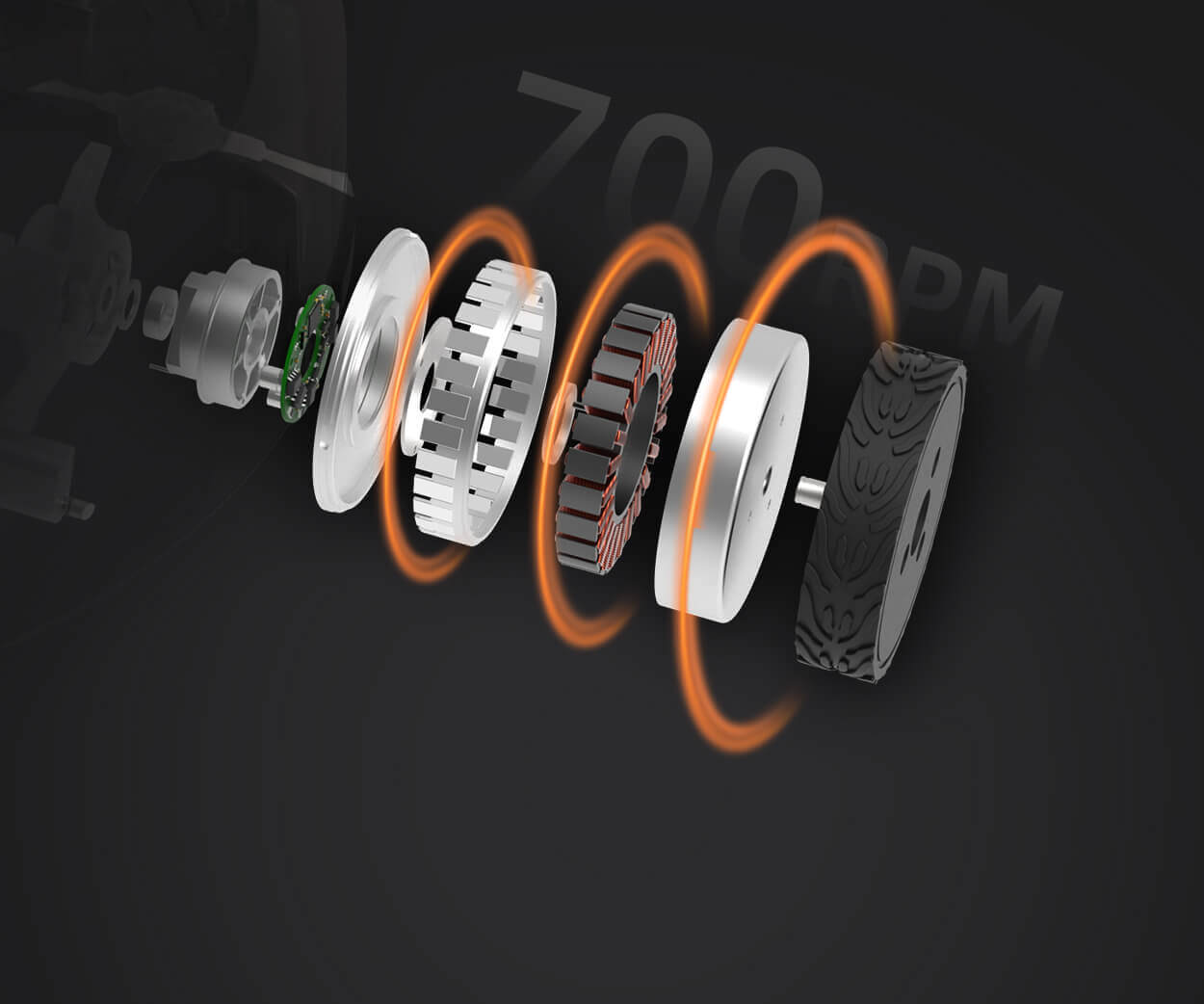Understanding the Role of OCP in Servo Motor Systems
Servo motors are revered for their precision, reliability, and efficiency, making them the heart of many automation applications, robotics, CNC machinery, and even hobbyist projects. However, the performance of a servo motor doesn't depend solely on its internal mechanics or control algorithms—it heavily hinges on protecting it from electrical faults, especially over-current situations. This is where Over-Current Protection (OCP) devices come into play.

Imagine the servo motor as a highly trained athlete. Just as an athlete needs a coach to prevent injuries by avoiding pushing beyond limits, a servo system requires safeguards to prevent electrical overloads that could damage or degrade its performance. The OCP functions like that coach—monitoring current flow and stepping in when things go beyond safe thresholds.
Why is selecting the right OCP size so critical? Choosing an OCP that's too low might cause unnecessary interruptions during normal operation, leading to system downtime, erratic behavior, or reduced efficiency. Conversely, selecting an OCP that’s too high could fail to protect the motor properly against actual overloads, risking thermal damage, shortened lifespan, or catastrophic failure.
In essence, the goal is to match the OCP setting precisely to the motor's normal operating current to provide maximum protection without false trips.
Key factors that influence the ideal OCP size:
Motor load and application: High-performance servos under heavy loads need a different protection threshold compared to light-duty applications.
Motor specifications: Rated current, stall current, and torque specifications provided by the manufacturer are foundational for setting the OCP.
Control system and drive characteristics: Speed controllers and inverters may have built-in protection features or recommend specific OCP settings.
Environment and operational conditions: Ambient temperature, voltage variations, and potential for stall conditions influence protection needs.
Finding the Balance: The Sweet Spot Between Protection and Performance
Determining the optimal OCP size involves understanding both the electrical characteristics of the servo motor and the operational context. The most straightforward approach uses the motor's rated current as a starting point, then applies a safety margin.
For instance, if a servo's rated current is 8 amps, setting an OCP at about 10-12 amps can often provide enough headroom to accommodate transient surges during startup or brief overloads—without risking damage from sustained overcurrent conditions.
How to Determine the Correct OCP Size: Practical Step-by-Step
Consult the motor datasheet: Most servo manufacturers publish detailed electrical specs, including rated current, stall current, and surge currents.
Identify your application's load profile: Does your servo operate at or near its maximum capacity most of the time, or is it lightly loaded? This influences safety margins.
Calculate or estimate typical operating current: Keep in mind that actual currents can fluctuate during operation, especially during acceleration or deceleration phases.
Decide on a safety margin: Usually, an additional 20-30% above the rated current provides a buffer for starting conditions, accelerations, and transient loads.
Set the OCP accordingly: For example, if your servo’s rated current is 8A, a setting of 10-10.5A can be appropriate, but verify with testing and gradual calibration.
The importance of testing and tuning:
Once the initial OCP setting is established, it’s wise to perform controlled tests simulating normal and fault conditions. This helps confirm the setting offers protection without false trips during regular operation.
In summary, selecting the correct OCP size for a servo motor isn't a mere guess—it involves analyzing motor specs, understanding operational demands, and applying safety principles. The key is balancing protection with uninterrupted performance, ensuring your servo system runs efficiently and reliably for years to come.
(Awaiting second part to continue with more detailed insights, practical examples, troubleshooting tips, and advanced considerations.)
Leveraging innovations in modular drive technology, Kpower integrates high-performance motors, precision reducers, and multi-protocol control systems to provide efficient and customized smart drive system solutions.




































